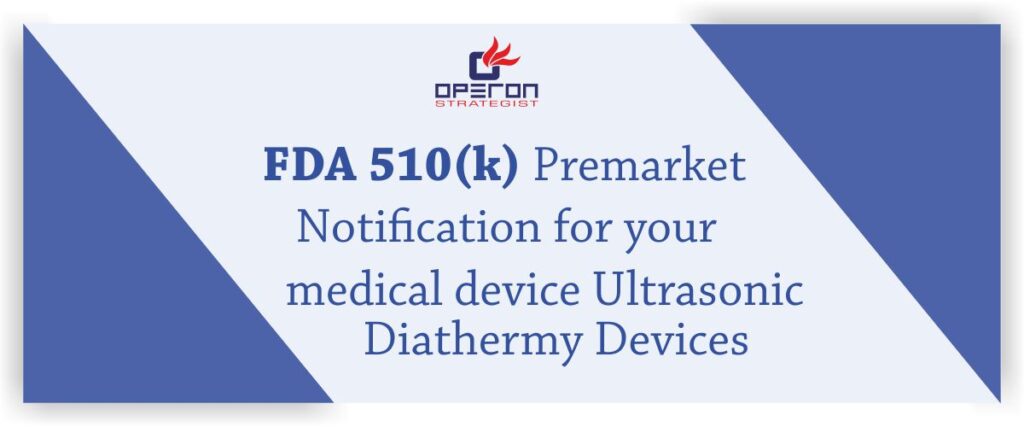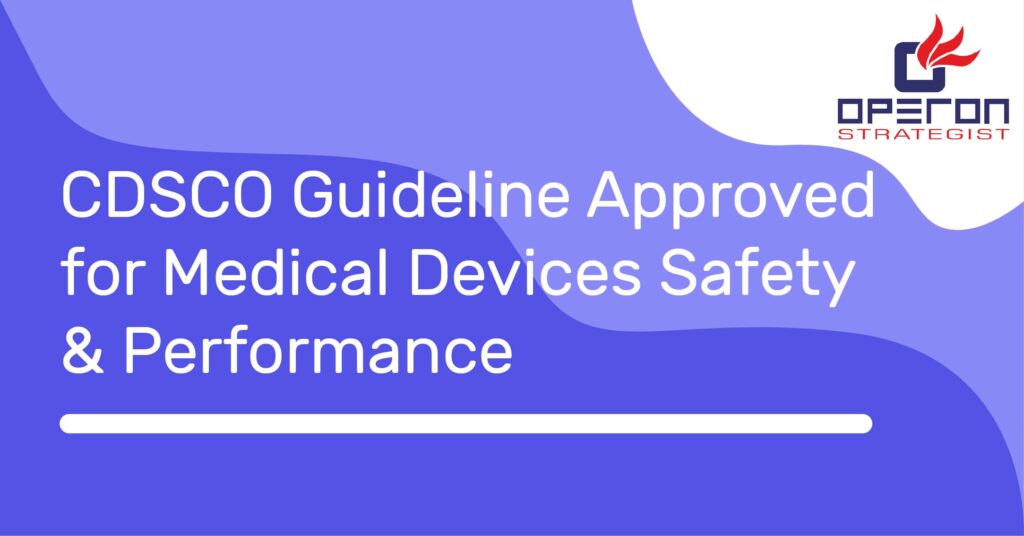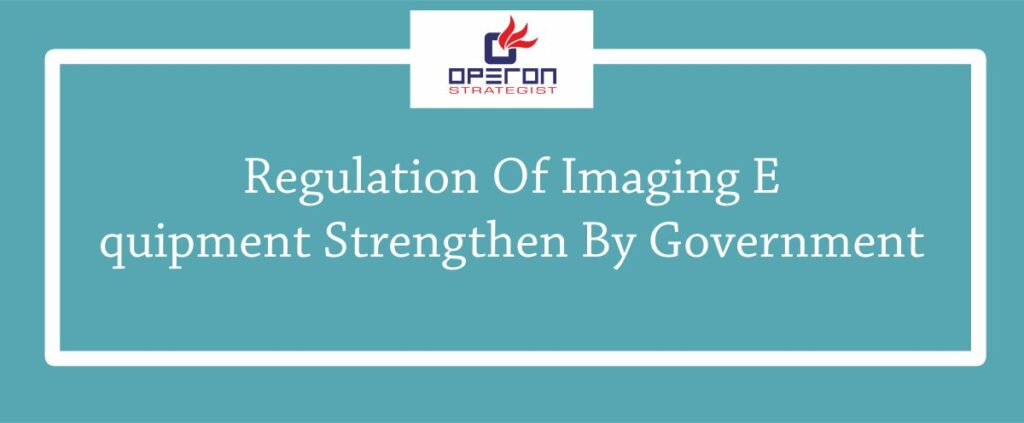Drug-device combination (DDCs) products are therapeutic and diagnostic products that combine medical device with drugs, and/or biological products. Since these are claimed to achieve drug targeting, it is considered as safer and more effective treatments for local administration and individualized therapy. Such technologies are termed as boon for patients suffering from serious diseases and conditions such as cancer, heart disease, multiple sclerosis and diabetes, among others.
Ex. Pre-filled syringe, Pen injector, Auto injector, Metered dose inhaler, Drug eluting stents, Catheter with antimicrobial coating, etc.
Drug-device combination products have also emerged as a new dynamic in medical product development, regulatory approval and corporate interaction demanding improvements in communications and coordination. Development of new combination products and assuring its timely and accurate market access involves defined pattern of interactions between manufacturers and regulatory agencies.
- Operon strategist closely working with different regulatory agencies for more than a decade. We are CE mark medical device certification consultant; we know how to classify the product and make dossier as per classification which makes error-free certification process. To avail our services do contact us or whatsapp us your requirement.
CE drug-device combination
FDA has clearly defined drug –device combination products in 21 CFR 3.2(e) whereas EU do not have a single definition in their legal framework.EU has regulated combination products either as medicinal products or medical devices. For Medicinal product part in combination device, assessment is done by European Medicines Agency (EMA) whereas Notified Bodies do assessment for the Device Part. Notified Bodies are the organization designated by the EU Commission to assess the conformity of medical devices before being placed on the market.
In response to multiple requests for advice on combination device quality requirements, EMA published “Draft guidelines on quality requirements for medical devices in combination products” which addressed the new obligations in Regulation (EU) 2017/745 on medical devices, in particular the requirements under Article 117. This article foresees that the marketing authorisation application should include a CE (Conformité Européenne) certificate or declaration of conformity for the device or, in certain cases, an opinion from a notified body (NB) on the conformity of the device.
This EMA guideline covers devices that are necessary for the administration, dosing or use of the drug. They can be integral, co-packaged or referred to in the product information of the drug but obtained separately. It explains which information about the device needs to be submitted as part of the initial marketing authorisation application and subsequently during the product lifecycle. It additionally consists of a proposed template for the NB opinion on the conformity of the device to the relevant standard safety and overall performance conditions laid down in regulation (EU) 2017/745. It\’s intention meant that this guiding principle will increase transparency and consistency of information in regulatory submissions, reducing work for all stakeholders and subsequently perfecting affected person protection. The regulatory framework for medical device incorporating medicinal substances as an ‘integral component’ is described in article 1(8) of MDR:
- Where the action of the medicinal substance is ancillary, the product is regulated as a medical device and ought to be CE marked. As the action of the medicinal product is considered ancillary, a systematic opinion need to be provided from a medicines authority earlier than a notified body can issue a certificates for the combined product. Despite the fact that most of the people of digital developments are being driven and carried out inside the developed global, growing economies can be further left behind if they can not do development in regions so as to benefit them.
- Where the action of the medicinal substance is main, the combination product is regulated under the medicinal products framework. In this situation, the relevant general safety and performance requirements (GSPR) of the MDR apply to the device component.
The regulatory framework for administration devices is described in article 1(9) MDR:
- If the administration device is marketing as a single integral product intended exclusively for use within the given combination and isn\’t always reusable, the combination product is regulated under the medicinal products framework. In this situation, the applicable GSPR requirements of the MDR follow to the device part.
- In all other cases, the administration devices is regulated under the medical device framework. Whilst the medical device isn\’t physically combined with the medicinal product the device will need to be CE marked. The (separate) medicinal product ought to be certified to be used under the medicinal product directives.
- One-of-a-kind sorts of drug- device combination product have distinct regulatory necessities. The type of combination and requirements are discussed in more detail as follows
Article 117 of the new European MDR amends annex i of the medicinal product directive (MPD) 2001/83/ec, point 12 of section 3. 2. This states that:
“(12) where, a product is ruled by this directive, the marketing authorization dossier shall include, wherein available, the assessment of the evaluation of the conformity of the device element with the applicable general safety and overall performance necessities set out in annex i to that regulation contained inside the manufacturer’s European announcement of conformity or the relevant certificate issued by way of a notified body allowing the manufacturer to hitch a CE marking to the clinical device. If the dossier does not include the outcomes of the conformity evaluation cited inside the first subparagraph and where for the conformity assessment of the device, if used separately, the involvement of a notified body is needed in accordance with regulation (ECU) 2017/745, the authority shall require the applicant to provide an opinion on the conformity of the tool part with the applicable general safety and overall performance requirements set out in annex i to that regulation issued by a notified frame particular according with that regulation for the kind of device in query.”
Impact of MPD(medicinal product directive) on MAA (Marketing authorisation Application)
with the changes enforced by means of the EU MDR, the MAA should consist of either a:
- CE certificates issued through a NB for the medical device component, or
- NBO (Notified body opinion) on the conformity of the device.
First option would require manufacturers of the medical devices to obtain CE marking with the aid of an applicable conformity assessment process applicable to the device. The CE certificate would then need to be submitted in the MAA to EMA.
Alternate option where a CE mark has not been issued to the device component on its own, the manufacturer must reach out to an NB and seek their opinion on the conformity of the device, and give the NBO report in the MAA to EMA.
The authority of final approval of the product will remain with the EMA.
This change in regulations substantially applies to those combination devices which are integrated, non-reusable and where the primary mode of action is because of drug element. Naturally, such devices are classified either as Class Is [sterile], Class IIa, Class IIb or Class III and intended exclusively for the stated combination. These needs to conform to the Annex I (MDR) GSPR and without the requirement to be regulated as a CE-medical device. Combination devices which are Class I(non-sterile) are not subject to an NB opinion.
How Manufacturers can apply Article 117?
- Identify a NB intending to be EU MDR designated for your precise technology
- Investigate which GSPRs are applicable to your products
- Obtain data that demonstrates conformance to the applicable GSPRs
- Assemble Technical Documents to aid the medical device components
One of the key challenges for drug-device combination devices are associated with addressing human factors studies and studies in representative user populations, particularly applicable to patient administered drug-device combinations. Important consideration needs to be given to the new requirements for post-market surveillance while preparing for operation.
Operon strategist medical device consultancy efficiently handle all the challenges and provide error free deliverables to the clients.
Author
Dr. Rupali Kale (Regulatory Head – Operon Strategist)




